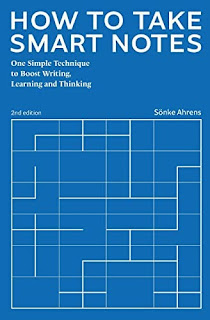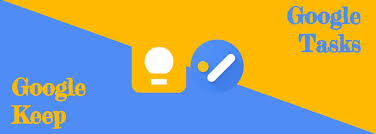How To Take Smart Notes Book Review
Have you ever felt like you could be more a gifted writer? Have you ever wanted to improve your writing while improving the whole process? The book How to Take Smart Notes: One Simple Technique to Boost Writing, Learning, and Thinking by Sönke Ahrens is here to help you.
Synopsis: The first step is taking notes while you are reading. One should write these notes in complete sentences so others can understand your meaning. After you have taken the notes, organizing how you look at the notes is essential. Ahrens’ idea about a slip box system helps you organize your ideas and allows you to move more sections around. Organizing your notes in a slip-box system will help you write your paper effortlessly since you already have full ideas written in meaningful sentences. His organizational system has you never quoting but putting other people’s ideas and thoughts in your own words while citing them. Ahrens gives a lot of research, connection, and examples to explain how and why to take smarter notes.
Takeaways: The premise behind the book is something everyone can strive to do: take smart notes. This idea is not new; improving your skill set takes organization and discipline. Ahrens talks about different disciplines in his book that need these skill sets so they can encourage learning by building on previous knowledge. He talks about how nothing is new under the sun, and has been said before. We need to be able to cite the source of our information, so we do not have to search the whole book for information. Taking notes while reading a book and summarizing it in our own words can help us learn without overloading our brains with all the knowledge and items we will want to remember. Reviewing these items and connecting them to other things we have read and known will help us write better papers and, more importantly, learn better. Connection to knowledge, uniquely or differently, helps create new and innovative ideas. A small change can make brand-new connections we have yet to know about.
Improvements: Ahrens book has great applications but is less practical for papers with specific goals and time frames. His slip box method has the note-taker working backward. The author would only find a conclusion or thesis for the paper after all research has been completed and a lot of reading has been done. The research needs to be both for and against the paper's conclusion so as not to create bias in the paper. The research needs to be exhaustive. To have the time to do thorough research both for and against a conclusion would take a lot of time. A person writing their master’s or doctoral thesis could use this method if they have the time. If a person is writing to be published, they can use the slip-box to create multiple papers and connections through the ideas they are learning about in their research.
Conclusion: If you would like to improve your ability to take better notes that help you write, understand, and apply what you are reading. Read How to Take Smart Notes: One Simple Technique to Boost Writing, Learning, and Thinking by Sönke Ahrens to learn more about the slip box and smart notes.



Comments
Post a Comment